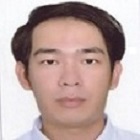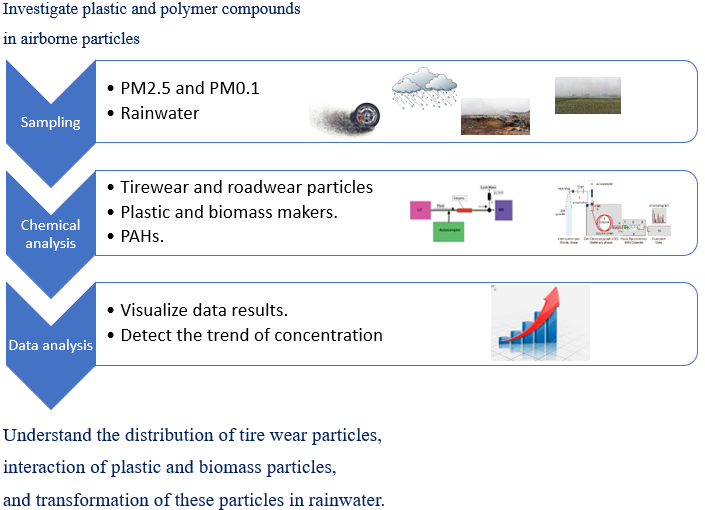Profile

Nationality : Vietnamese
Keywords : Air pollution, Chemistry, Water research, Electrooxidation
Research advisor : Prof. Kazuhiko Sekiguchi
Why I entered GSC program
As air pollution became an emerging issue in my home country (Vietnam), I would like to continue the research in related fields. I choose Saitama University to continue my further education because of the advanced laboratory that is suitable for a wide range of analyses, especially for aerosol analysis. It will be a crucial step for my career path in the future as working in a research institute. Moreover, Saitama University is located in Japan, a country renowned for its incredible work ethics and rich culture and knowledge.
Research title
Investigation of size-segregated plastic and polymer compounds in airborne particles and elucidating their transformation to rainwater
Research abstract
Plastic and other polymer compounds are becoming an emerging pollutant in the atmosphere, especially in developing countries with the ongoing open burning of biomass and the increasing number of vehicles. Open burning biomass such as rice straw and stubble will release smoke that contains Polycyclic Aromatic Hydrocarbons (PAHs). On the other hand, the high friction on the roadway during braking or acceleration of vehicles could introduce tire wear and roadwear particles (TRWPs) into the atmosphere. Nanosampler II and Multi nozzles Cascade Impact Sampler will be installed in three sites Hanoi to collect PM2.5 and PM0.1 during burning biomass period in June and October. The first sampling site is Sunline hotel in Hai Ba Trung District, Hanoi City, Vietnam, because of the high traffic on Dai Co Viet Street, where the hotel is located. Hanoi university of Science and Technology (HUST) campus is selected to be the background site in order to compare with hotel site. For the burning biomass, the particles and rainwater will be collected in Quoc Oai village, Hanoi. After sampling, the samples will be brought to Japan to analyse TWRP, PAHs, plastic and biomass markers. The results will be used to interpret the distribution of TWRP, the interactions of plastic and biomass markers and the transformation of those particles in rainwater.
Graphical abstract




